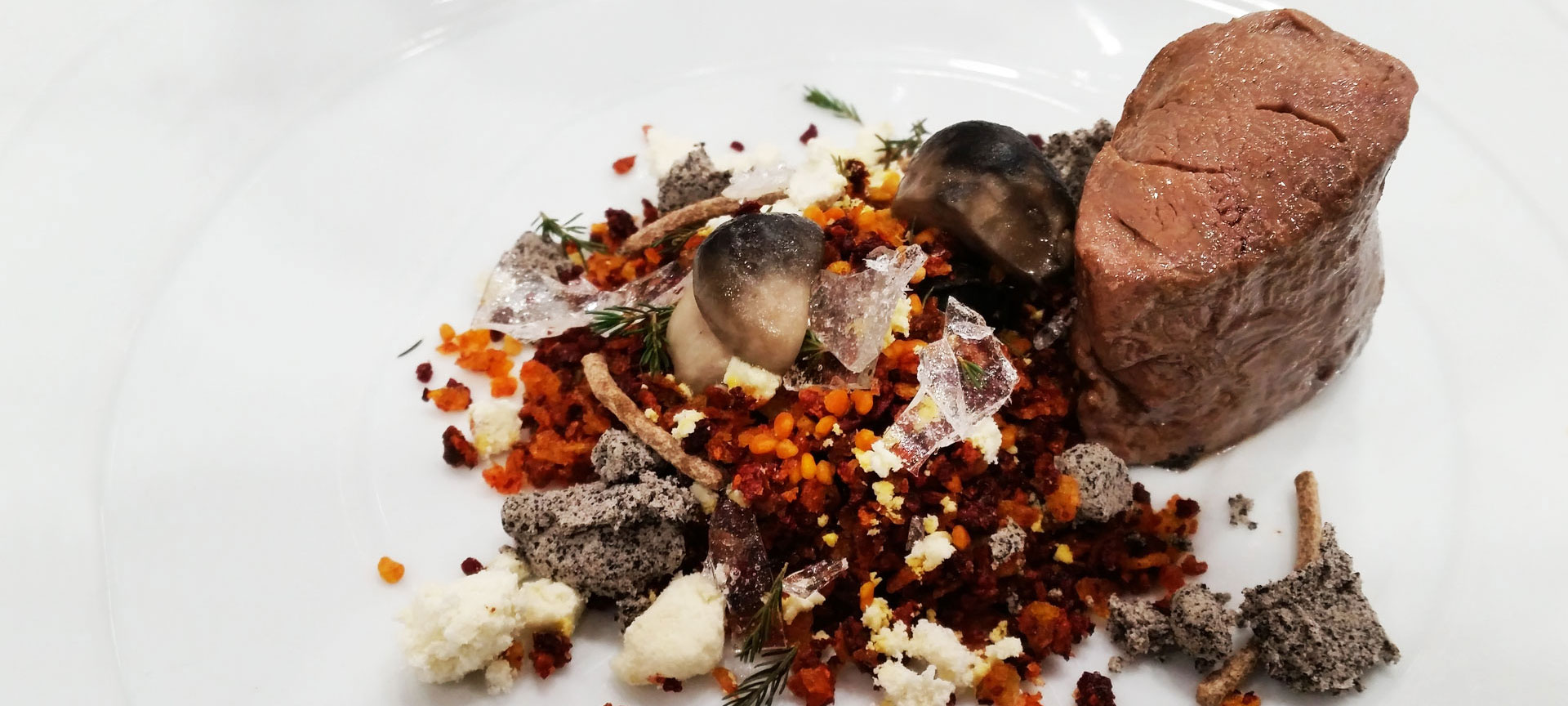Discover Iberian cured ham
If you visit Spain, be sure to try a good plateful of Iberian ham. Any time of day is a good time to enjoy ham. Before lunch as a tapa, as a first course, or an appetiser before dinner. Or perhaps by going to a tasting, like the ones held in Triana market in Seville, or one of the wine and Iberian ham tours organised in Madrid. Another option is to visit a tasting workshop and discover all the secrets of slicing ham, while sampling freshly cut slices, or if you want to know even more, finding out all about the farming and curing processes on a culinary tour of the regions on the Ham Routes.









